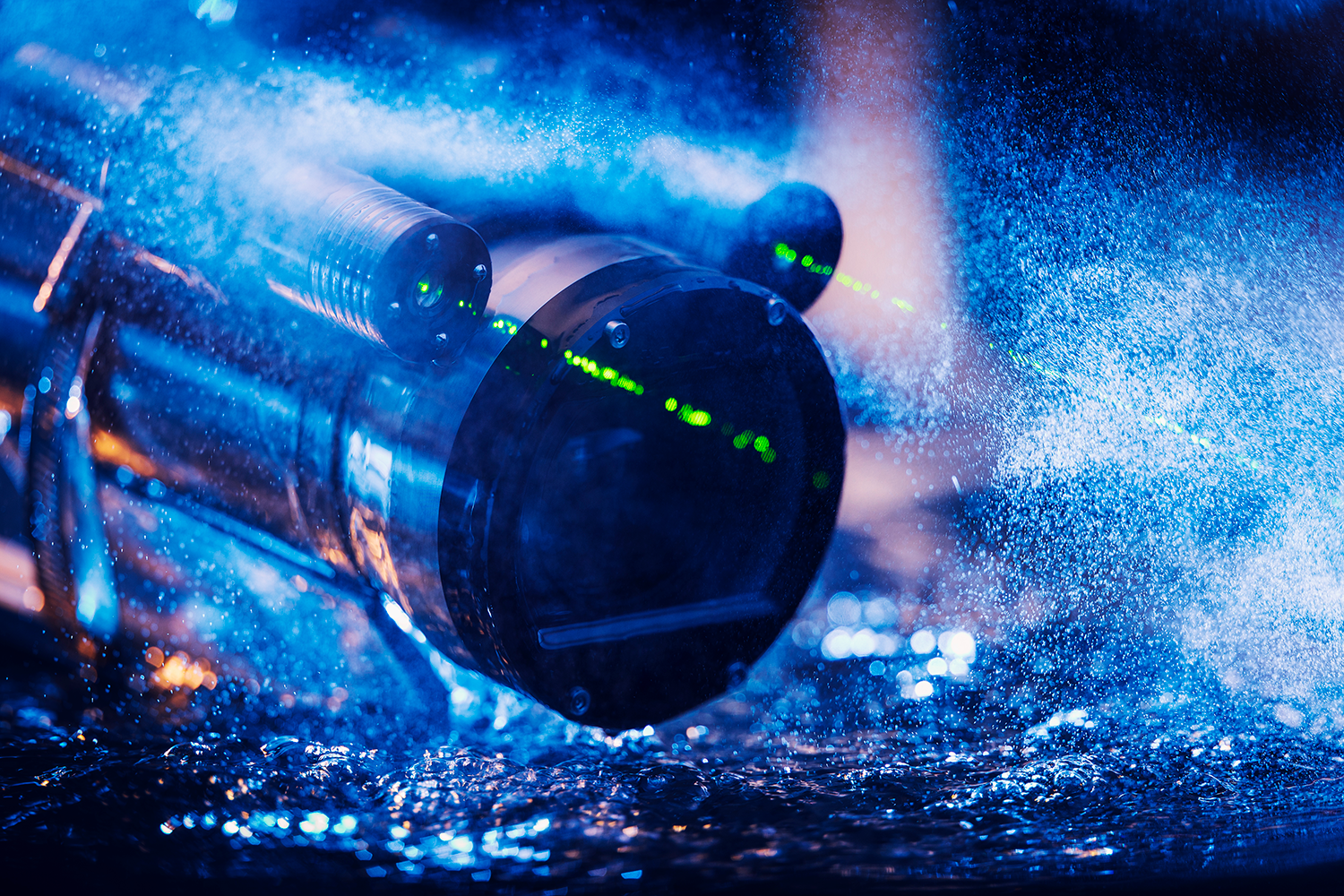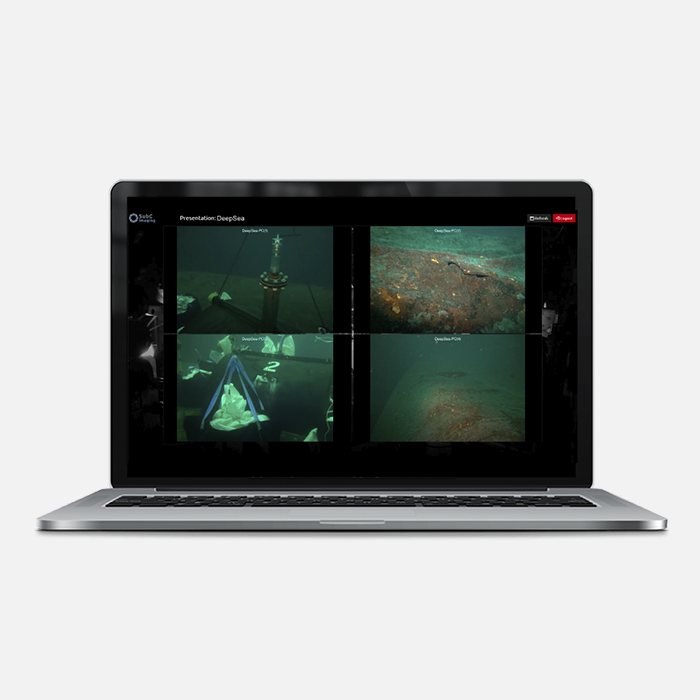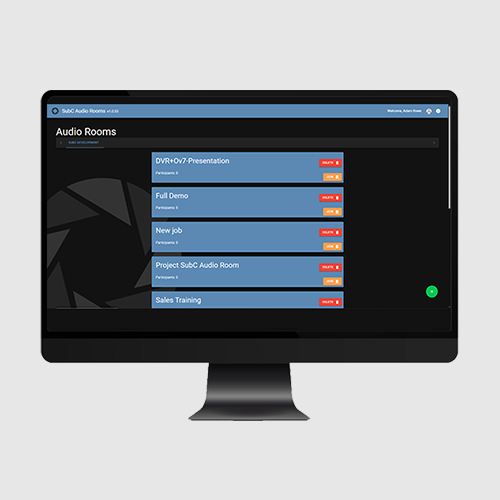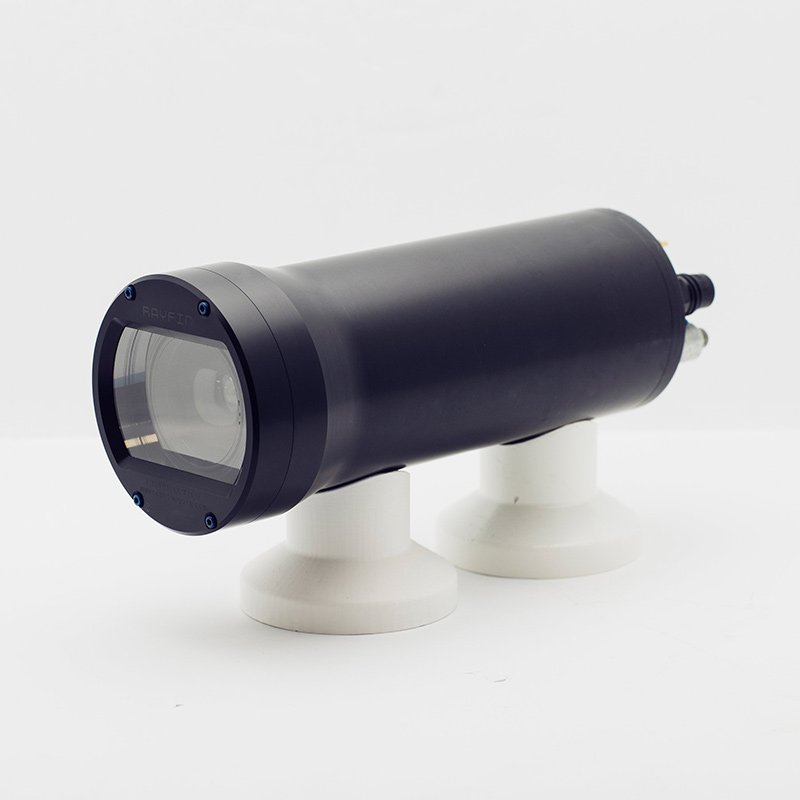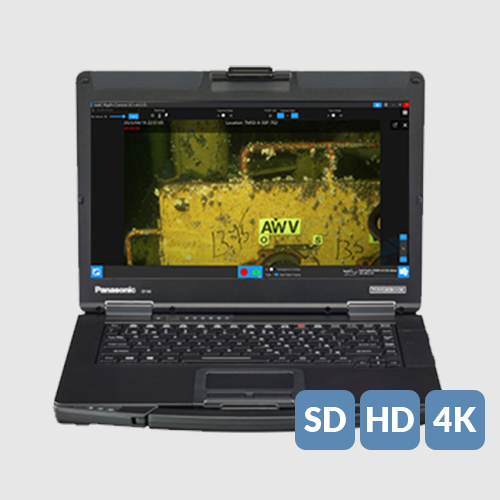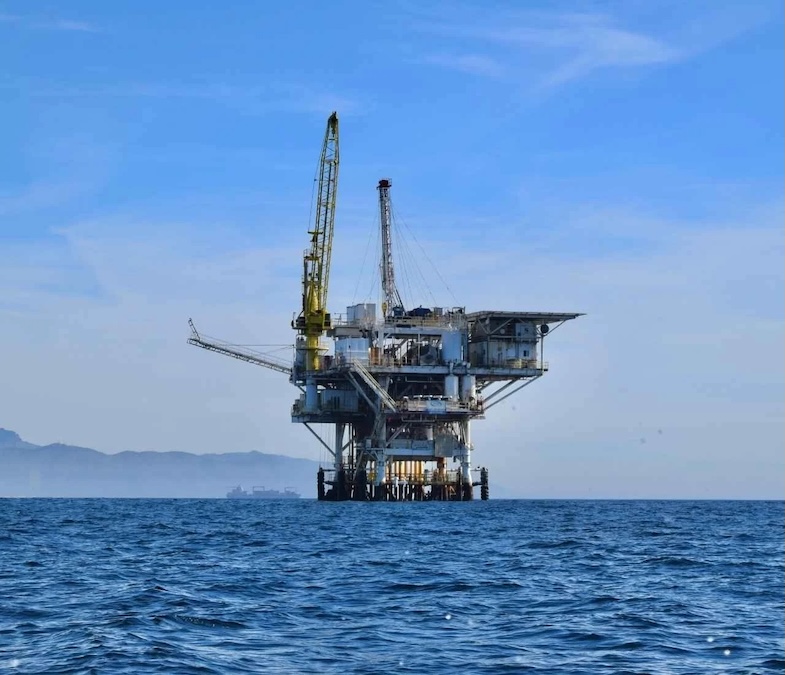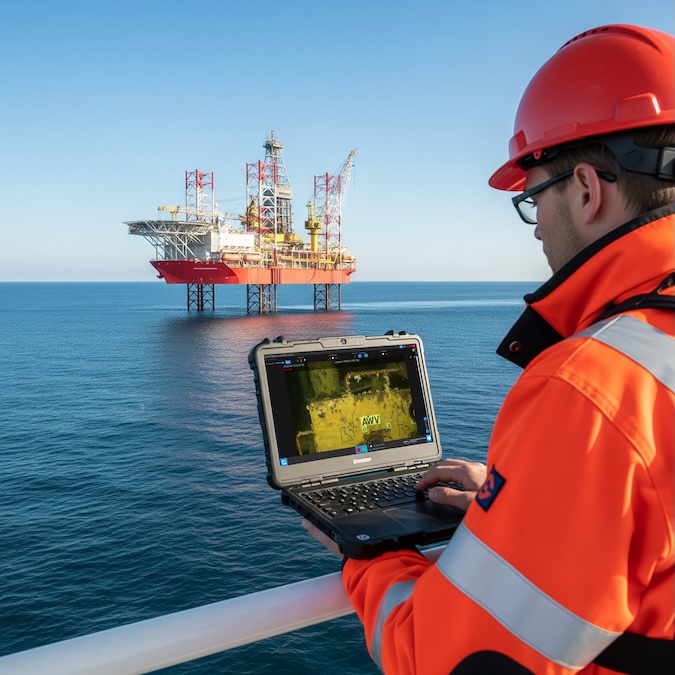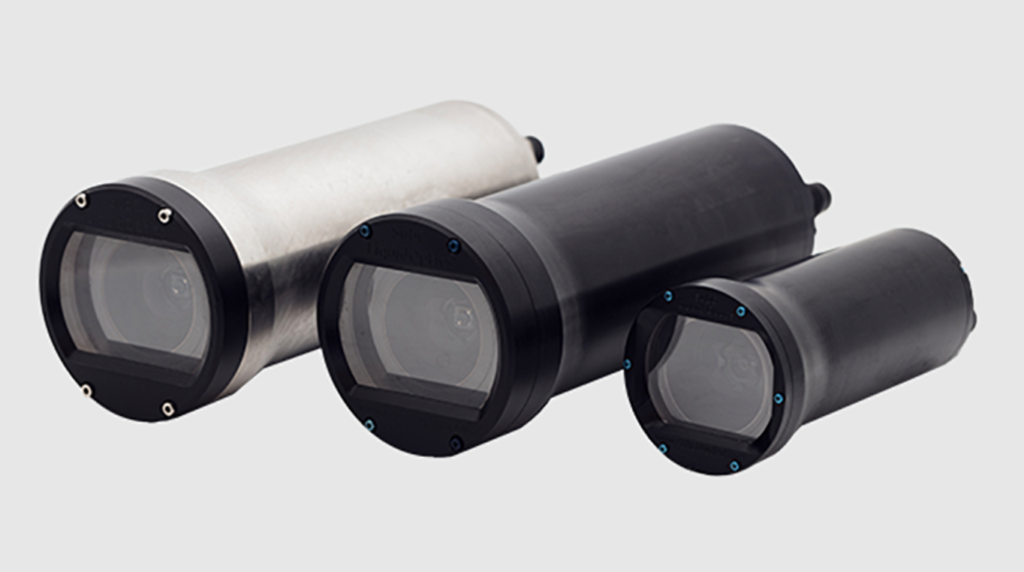
Developer of underwater optical imaging systems SubC Imaging, provides a detailed overview of Marine Protected Areas (MPAs) and the influence of ocean observatories in safeguarding marine life and habits, in the article “From Data to Protection: How Ocean Observatories Influence Marine Protected Areas“.
What are Marine Protected Areas and what are they important?
MPAs are specific zones established to conserve marine biodiversity by sheltering marine species from human activities, safeguarding critical habitats, such as coral reefs and seagrass beds, and promoting sustainable ocean management.
With over 18,000 worldwide, these designated marine ecosystems include open oceans, deep-sea regions and coastal areas like mangrove forests and salt marshes. The spaces restrict human activities, such as fishing, drilling, and diving, to prevent habitat degradation and overfishing to conserve diverse marine ecosystems.
Ocean observatories & MPAs
 Ocean observatories support the establishment of MPAs, providing real-time, comprehensive data on ocean conditions, species distribution, and ecological dynamics.
Ocean observatories support the establishment of MPAs, providing real-time, comprehensive data on ocean conditions, species distribution, and ecological dynamics.
This helps identify priority areas for protection, assess the impact of human activities, monitor an MPA’s effectiveness post-establishment, inform policymaker decisions, and stimulate international collaborations and discussions around marine conservation.
Canada’s new Tang.ɢwan-ḥačxʷiqak-Tsig̱is MPA is set to cover 133,000 square kilometers off Vancouver Island. Area discoveries, made by the NEPTUNE Ocean Observatory, include over 45 seamounts, deep-sea hydrothermal vents, and methane seeps.
The NEPTUNE Ocean Observatory itself provides real-time observations via the internet, a network of submarine cables, and a range of sensors and cameras, such as SubC Imaging Observatory Cameras. NEPTUNE monitors ocean chemistry, temperature, currents, seismic activity, and marine life.
Read the full article on the SubC Imaging website for an in-depth look into underwater data collection within MPAs >>






